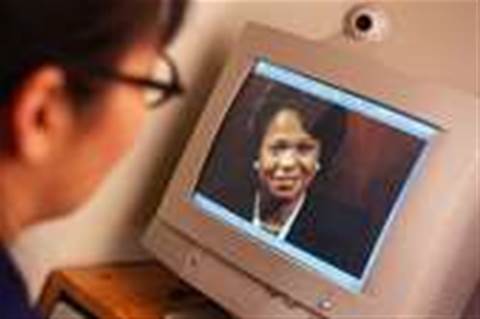The good news is that the days of underperforming technology continually sabotaging the promise of a communications revolution appear to be coming to an end.
David Cannon, program manager telecommunications at IDC, told CRN that 2008 is the year when true next-generation communication becomes a reality.
“It’s the macroeconomic issues that are driving it and you can’t fight those things," he said. "You’ve got skills shortages, you’ve got low unemployment etc which means that companies need to branch out and find resources that are in disparate locations and in order for them to work productively you’ve got to network them in," he said.
"Because the pipes are there, and because of the cost of being able to do this it’s a no brainer. Companies have to adopt the technology in order to get the productivity gains.”
While the uptake of unified communications was not as fast as many initially predicted, Cannon said that the rapid adoption of IP PBX has led to the creation of numerous business networks able to support new communication applications and technologies.
“We believe that at the end of this year that 50 percent of all the hard end phones that are out there in the market, phones on desks, are going to be IP-active,” he said.
And it is not only in the enterprise space that these technologies have taken off - the SMB market in Australia has also embraced unified communications according to Cannon.
“The small medium business market just in the last year, the second half of 2007, blew us away. We saw 40 percent adoption increase rate. A year ago I would have agreed it was stagnant but the message is really coming across now and people are adopting it,” he said.
As Australia’s aging workforce continues to relocate for a sea or treechange, many in consultative roles, companies are having to embrace new communication options to enable long distance interaction between staff, according to Cannon. Indeed a recent IDC survey found that videoconferencing capabilities are becoming increasingly important for CIOs.
While Cannon claimed that all businesses are not yet ready to adopt video conferencing technology due to issues around cost, awareness and business culture, those that have already adopted converged voice and data solutions will be able to quickly integrate video into their operations.
“There’s already an install base out there that can adopt this easily, quickly and cost effectively," he said.
Looking ahead, Cannon said that video conferencing is likely to be offered as a service by the majority of Telco’s and large service organisations by the end of the year.
Communication comes of age
By
Mitchell Smith
on Jun 4, 2008 7:49AM

Got a news tip for our journalists? Share it with us anonymously here.
Partner Content

Shure Microsoft Certified Audio for Teams Rooms

Promoted Content
From Insight to Opportunity: How SMB Service Demand is Shaping the Next Growth Wave for Partners

Channel faces AI-fuelled risk as partners lag on data resilience, Dicker Data summit told
_(11).jpg&h=142&w=230&c=1&s=1)
The Compliance Dilemma for Technology Partners: Risk, Revenue, and Reputation

Tech Buying Budgets for SMBs on the Rise




.jpg&w=100&c=1&s=0)
_(8).jpg&w=100&c=1&s=0)







.jpg&q=95&h=298&w=480&c=1&s=1)





